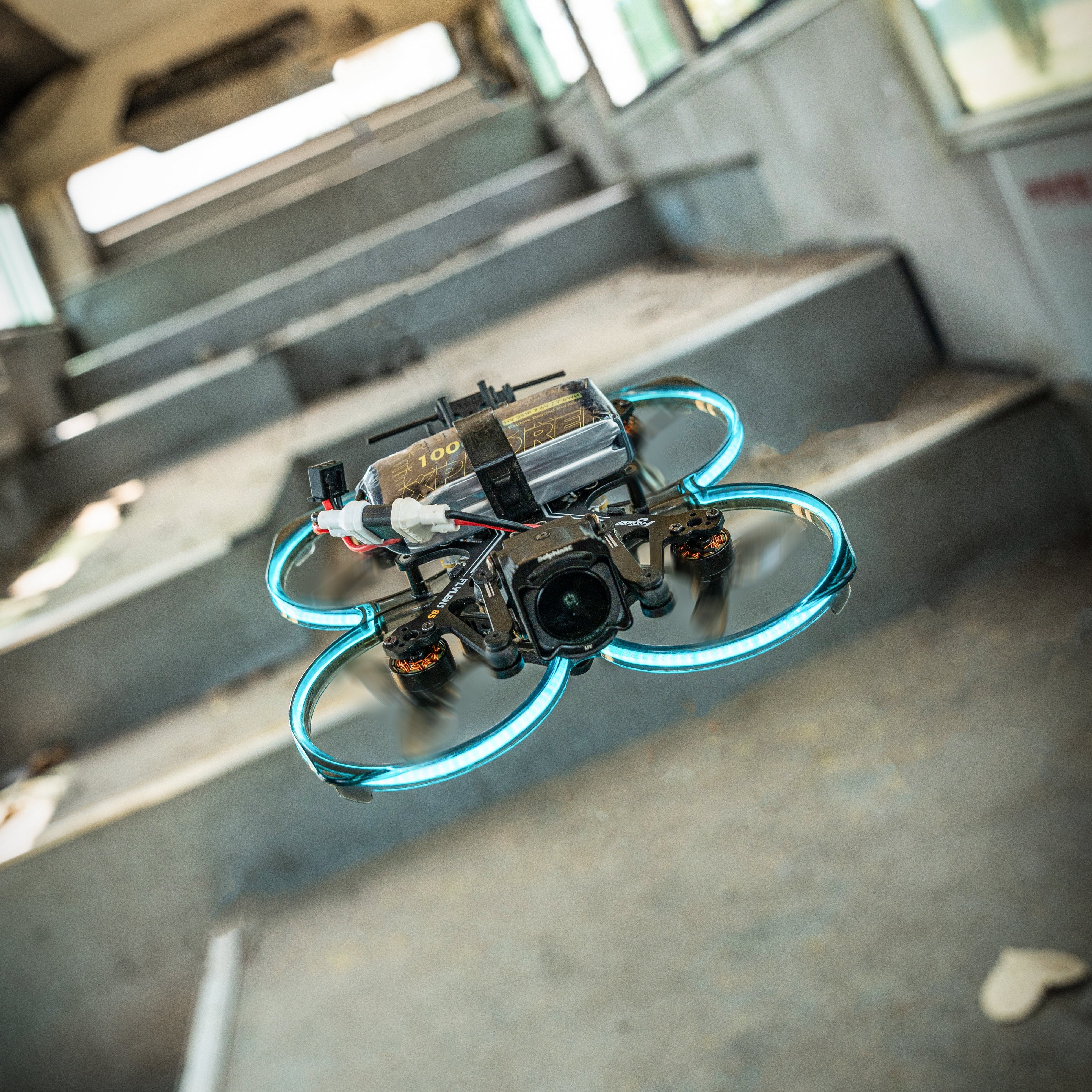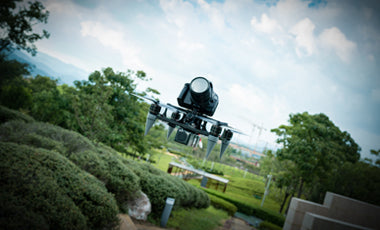This post is mainly to guide newcomers on how to scientifically and reasonably match their own time-traveling power system. First, let's get to know some of the modules and corresponding parameters in the power system.
Motor:
There are many types of motors on the market, so let me explain the meaning of the model and parameters of each type of motor.
For example, the common 2207 motor, the first two digits "22" represent the outer diameter of the stator is 22mm, and the last two digits "07" represent the height of the stator is 7mm. The kV value indicates the increase in speed per volt of the motor. For example, a 2500kV motor will increase the speed by 2500 revolutions per minute for every 1 volt increase in voltage.
Currently, there are several popular brands of motors for time-traveling drones, including MAD COMONENTS,T-motor, dys, and Silver Falcon, etc.
ESC:
The parameters of the ESC are relatively simple. First, let's talk about its product form:
- There are single ESC;

- There are also 4in1 ESC.

Both of these ESCs have undergone a period of development, and they are no longer as prone to damage as early 4in1 ESCs. However, one thing to note is that if a separate ESC fails, you can simply replace the faulty one, but with a 4in1 ESC, you need to replace the entire ESC, which will increase maintenance costs. However, the benefits are simple and neat wiring and reduced weight, which the player needs to balance on their own.
Currently, most ESCs on the market support 3-6S batteries, and some of them have high current ratings, ranging from 60A, 55A, to 40A, which are much higher than the current parameters of large quadcopters in the past. It can be seen that such a small board has integrated the efforts of many people.
Propellers:
The parameters of the propellers, such as the earlier 5045 propeller, represent the diameter of the propeller as 5 inches and the pitch as 4.5 inches. The pitch represents the upward movement distance of the propeller when it rotates one circle.
As for propeller manufacturers, I personally prefer Gemfan and Silver Falcon, but when starting to practice, it's best not to choose expensive propellers. Time-traveling drones are prone to accidents, so it's better to buy propellers that are within your ability and at a reasonable price.
Here is the translation of the conversation:
Next, let's talk about how to choose and match your power system:
First, determine the wheelbase of the frame, which is divided into categories based on usage: indoor entertainment quadcopter, racing quadcopter, and regular quadcopter. They cover different wheelbase ranges: indoor quadcopters range from 130-180mm, racing quadcopters range from 180-220mm, and regular quadcopters range from 240-280mm.
Based on the size of the frame, you can determine the maximum size of the propeller you can use. Indoor quadcopters usually use 2-3 inch propellers, which can be three or four-bladed. Racing quadcopters mainly use 4-5 inch propellers, and 5-inch propellers are preferred for better power performance. Regular quadcopters support propellers from 4-6 inches.
After selecting the purpose, you can start selecting the motor. Generally, professional brands will provide you with test reports, including thrust, voltage, current, rpm, and power efficiency at different propeller sizes and throttle levels.
Here, we need to mention a very important parameter, the thrust-to-weight ratio, which refers to the ratio of motor thrust to weight. Let's refer to the maximum throttle thrust-to-weight ratio.
Taking T-MOTOR's Hom2207 motor as an example, with GF5149 propellers, the maximum thrust is 2080g, and the thrust of four motors is 8320g. Let's estimate the weight of our quadcopter to be around 600g, so the thrust-to-weight ratio is 13.8.
Here is the translation of the second part of the conversation:
We recommend that beginners keep the thrust-to-weight ratio between 4-6. For racing or freestyle, a higher ratio can be used, such as 8 or higher. Of course, a higher ratio isn't always better, and it still depends on the specific usage scenario and each person's usage habits. If the thrust-to-weight ratio is increased, it's also necessary to use a more robust frame.
For beginners, we recommend the entry-level motors from MAD COMPONENTS and T-motor. The thrust-to-weight ratio is around 4.8, and the price is relatively cheap, so even if they get damaged, it won't hurt too much. After becoming more proficient, you can upgrade to better motors.
As for the propellers, just refer to the recommended propellers in the test report based on the selected motor model. Then choose and purchase the propellers based on your budget.





Leave a comment